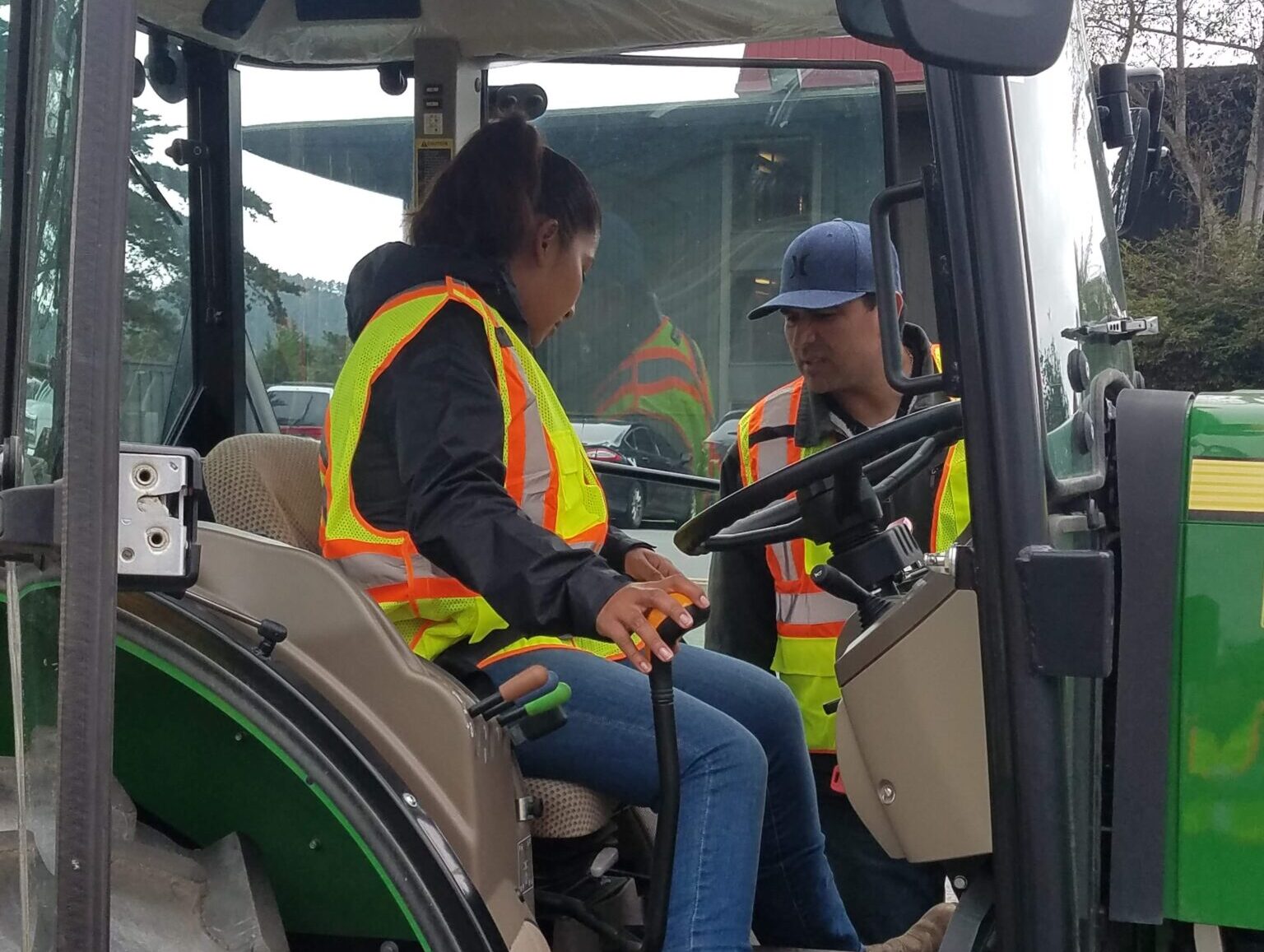
As you begin to prepare for the upcoming season, be sure to spend some time ensuring your safety programs are meeting regulatory standards. An excellent way to tackle this best practice is to investigate agricultural citation trends from Cal/OSHA.
Each year, Cal/OSHA releases enforcement trends for all industries, including agriculture. Pay special attention to their top 10 citations. This data provides an insight into the agency’s priorities and can help to focus your efforts.
The data released from October 2019 to September 2020 revealed fewer citations and penalties for the agricultural industry than previous years. However, do not be misled by those statistics, as this year included Cal/OSHA having to divert inspection resources to COVID-19 efforts. Concerning this most recent year of data available, the industry’s 10 most common violations resulted in 320 citations totaling $860,545 in fines. On average, agricultural employers paid $2,689 per citation to Cal/OSHA alone, which does not include the added expense of appeal and subsequent increased employment costs, like workers’ compensation insurance. Note that the order is based on the total number of citations issued, not the monetary impact of those citations.
#1: Heat Illness Prevention
California Code of Regulations (CCR), Title 8, Section 3395
Violations: 68
Total fines: $48,190
Since its inception, the heat illness prevention standard has historically been one of the ten most frequently violated standards by the agricultural industry. While we have made meaningful strides in improving our day-to-day operations, we continue to be challenged by the paperwork requirements of the regulation. As noted by Cal/OSHA, one of the industry’s remaining challenges is failing to have a copy of the company’s heat illness prevention plan available in the field. It is critical that this document be available and easily accessible to all employees, not to mention Cal/OSHA enforcement staff, when requested.
As a reminder, the core tenant of the standard includes developing a company-specific heat illness prevention plan, in writing, with a copy available to employees in the location where they are working and available for inspection.
The plan needs to include and/or address the following:
- Provision of Water
- Access to Shade
- High Heat Procedures
- Rest Periods
- Worker Training
- Supervisor Training
- Observation and Response Requirement
- Emergency Medical Services
- Provision for First Aid Training
- Acclimatization
Growers and processors who are still unclear about how to address compliance with the heat illness prevention standard are encouraged to reach out to AgSafe or their commodity trade association for assistance on how to implement this regulation.
#2: Injury and Illness Prevention
California Code of Regulations (CCR), Title 8, Section 3203
Violations: 60
Total fines: $128,260
When implemented in 1991, the Injury and Illness Prevention Program (IIPP) standard was the first of its kind in the nation. Even today, 30 years later, it stands out as the preeminent regulation specific to creating the foundation of an organization’s occupational safety and health program. The IIPP includes eight required elements:
- Identify responsible person(s) for program administration.
- Ensure employee compliance with safe and healthy work practices.
- System for communication with employees relative to workplace hazards.
- Procedures to identify and evaluate workplace hazards.
- Investigate injuries and illnesses.
- Procedures for correcting unsafe/unhealthy conditions, work practices and procedures.
- Provide employee safety training.
- Ensure thorough recordkeeping and document retention relative to the implementation of the safety program.
The team at Cal/OSHA works from the premise that all employers have an IIPP as the basis for their company workplace safety program. All other programs, such as heat illness prevention, hazard communications and lock out/tag out, to name a few, build upon the core tenants in the IIPP. As such, it is essential that agricultural employers remedy deficiencies that may exist in complying with this standard as they work to improve overall occupational safety and health.
#3: Field Sanitation
California Code of Regulations (CCR), Title 8, Section 3457
Violations: 32
Total fines: $19,245
The third most frequently citated regulation is specific to the provision of clean, usable field restrooms, handwashing facilities and drinking water. The standard overall is relatively straightforward, and as an industry, our compliance challenges stem primarily from cleanliness. The bottom line is that employers need to invest time and resources to ensure field restrooms are kept clean, well-stocked and with ample potable drinking water.
As a refresher, the standard requires the following:
- Provide potable drinking water, toilets and hand washing facilities to hand-laborers in the field.
- Ensure there is one toilet and hand washing facility for every 20 employees of each gender, located within a quarter mile walk.
- Facilities must be maintained properly, clean and in good working order.
#4: Operation of Agricultural Equipment
California Code of Regulations (CCR), Title 8, Section 3441
Violations: 12
Total fines: $146,250
Fourth on the list of violations for the agricultural industry has to do with the operation of equipment. This standard is incredibly broad in nature, relative to the types of machines that fall within its scope. In addition, it is an area of our businesses that many employers take for granted. We often take employees at their word that they have been properly trained in the safe use of equipment. It is also common practice to not provide the requisite on-going training or insist that workers follow the company protocol relative to safe equipment operation.
Unlike the preceding standard, this is one that is directly correlated to our day-to-day activities and is exacerbated by complacency, production pressures and labor shortages. Unlike the previous standard, failure to comply with this regulation leads to serious injuries and fatalities, and as a result should never be taken lightly. In simplest terms, the regulation states the following:
- An employee shall be instructed in the safe operation and servicing of all equipment before that employee is assigned to operate the equipment.
- Training shall continue annually.
- Examples of this type of equipment include tractors, forklifts, ATVs, UTVs and other custom and specialty equipment.
A compliant program will include:
- What personal protective equipment (PPE) is required to operate the equipment
- Pre-Inspection Checklist
- Use of seat belts
- Lock Out/Tag Out/Block Out Procedures
- Documentation protocol
The remainder of the Top 10 list is as follows:
- #5: Reporting a Work-Connected Fatality and Serious Injury (CCR, Title 8, Section 342) – Violations: 13, Total fines: $60,000
- #6: Machinery and Equipment (CCR, Title 8, Section 3328) – Violations: 7, Total fines: $39,565
- #7: Lock Out/Tag Out/Block Out (CCR, Title 8, Section 3314) – Violations: 10, Total fines: $60,245
- #8: Industrial Trucks (CCR, Title 8, Section 3650) – Violations: 5, Total fines: $25075
- #9: Conveyors (CCR, Title 8, Section 3999) – Violations: 4, Total fines: $40,800
- #10: First Aid (CCR, Title 8, Section 3439) – Violations: 4, Total fines: $1,500
Given our current reality with most of our emphasis on COVID-19 prevention, it is also important to maintain perspective and not to overlook the areas listed here. Use this information to evaluate your own operation, prioritize how to make improvements and consider where your greatest gaps exist.
AgSafe is a 501c3 nonprofit providing practical safety and health resources to the agricultural industry. For more information about worker safety, human resources, labor relations, pesticide safety or workforce development, please visit www.agsafe.org, call (209) 526-4400 or email safeinfo@agsafe.org.















